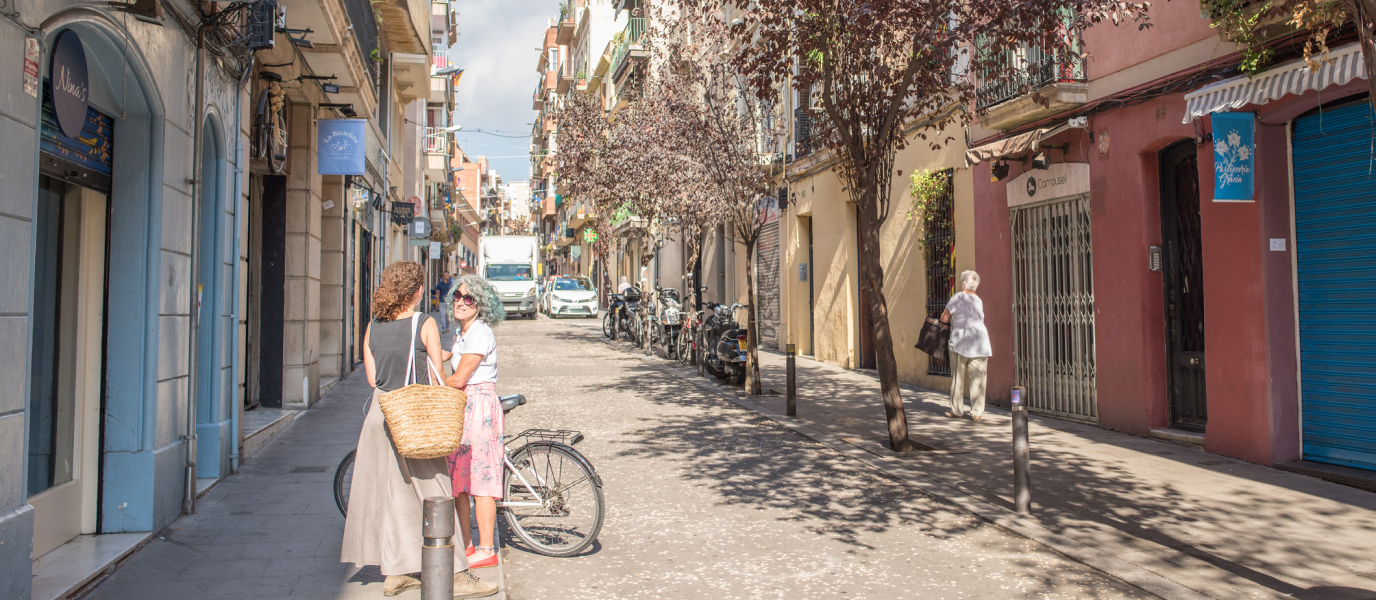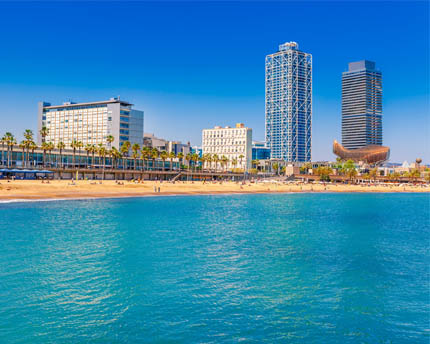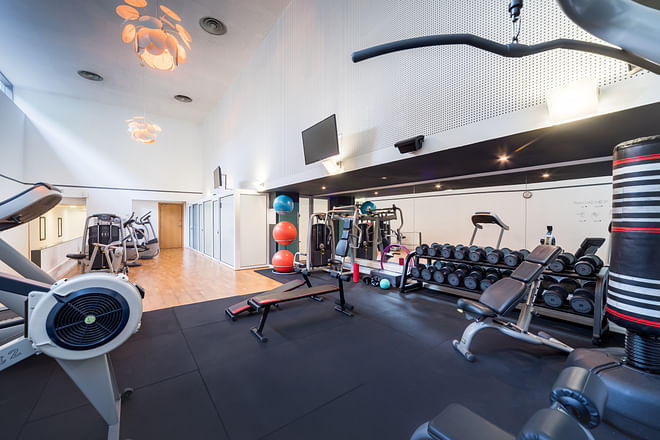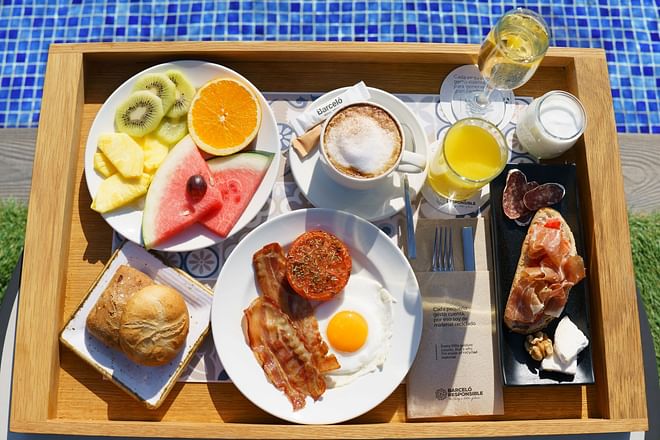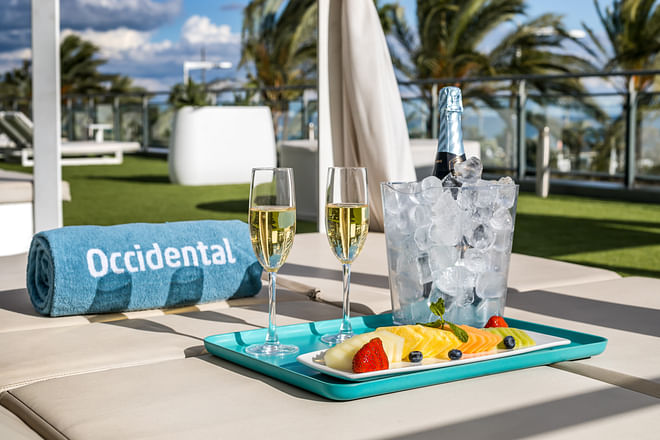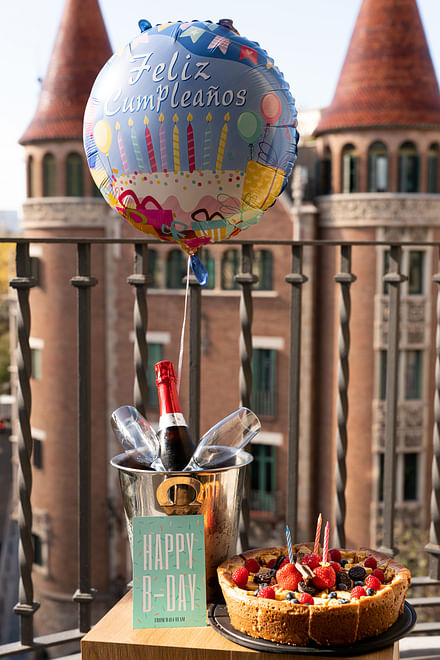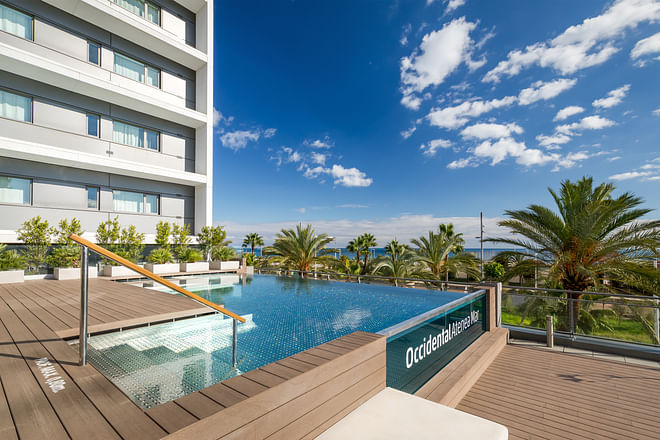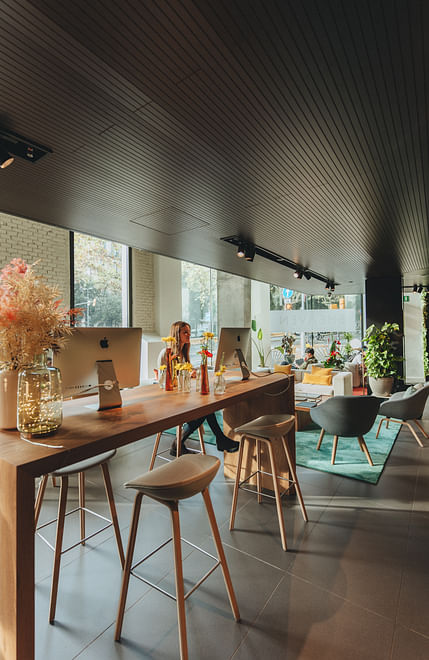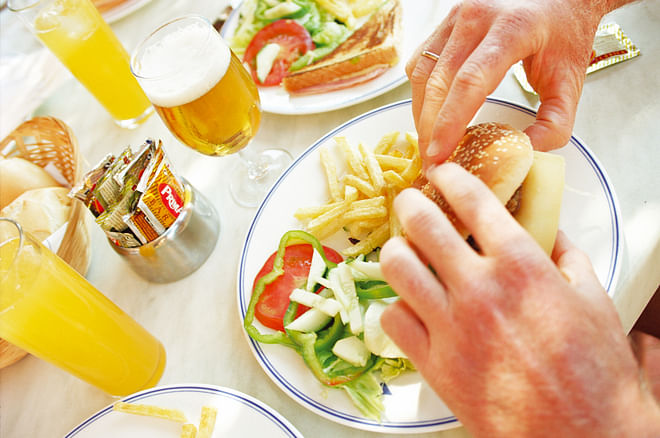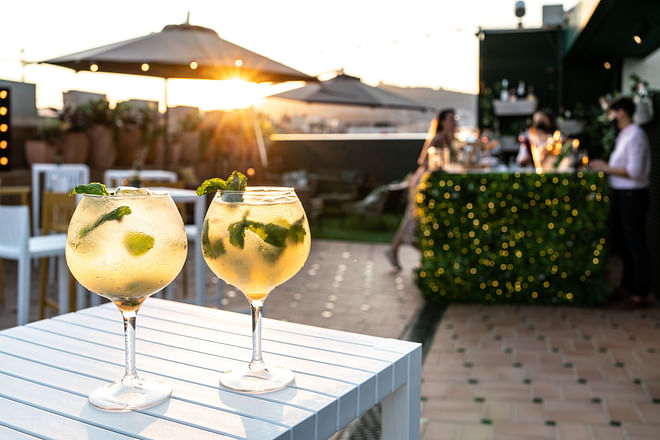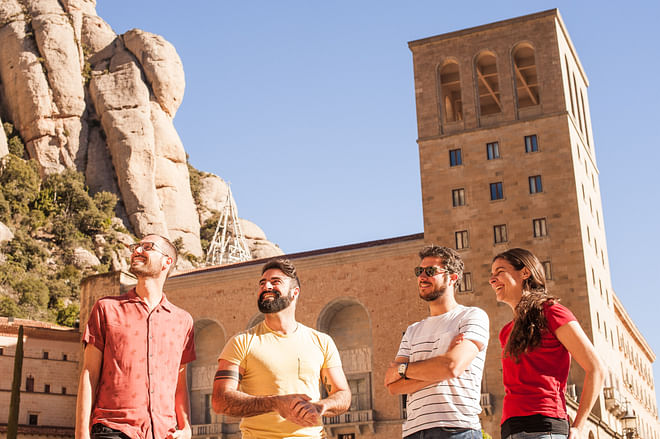The Gothic Quarter—Barri Gòtic, in Catalan—, one of the four neighbourhoods that make up the Ciutat Vella of Barcelona, is the historic heart of the city. Bounded to the south by the Port, to the west by Les Rambles, and to the north-east by the Plaça de Catalunya, its mediaeval network of narrow little streets and hidden squares charms both locals and tourists alike on a daily basis. And there is every reason to be charmed: built on the remains of Barcino, a prosperous Roman colony founded there during the first century B.C., the quarter’s Gothic nature did not develop until well into the Middle Ages, when new churches and palaces were built in this architectural style.
Hold tight though, because here comes the surprise: although the Gothic Quarter was indeed Gothic for a long period of its history, historians insist on reminding us that many of the monuments that we see today are in fact neo-Gothic, because they date from the late nineteenth and early twentieth century. Perhaps the best-known example is the Cathedral of Barcelona, the current façade of which belongs to work undertaken in 1913.
Be that as it may, what no one can deny is the unique charm of the Gothic Quarter as it is today, and that is what we propose to convey to our readers in the following paragraphs.
Historical walking tour to the north of the Plaça de Sant Jaume
Going back to Barcelona’s Roman past, the Plaça de Sant Jaume is the starting point for our walk, because it marks the intersection of the cardus and the decumanus (the historical axes of the Roman colony’s urban development that later became a district). This is an open esplanade where two seats of Catalan political power are to be found: the City Hall and the Palau de la Generalitat (the seat of the regional government). Visiting the Palau’s Pati dels Tarongers [Courtyard of Orange Trees]—upon presentation of ID document or passport—is highly recommended.
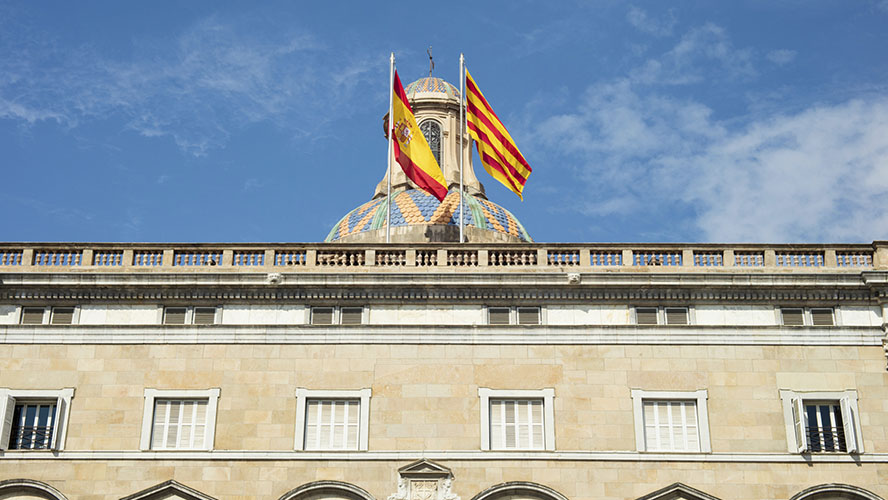
The historic past of the Gothic Quarter serves as our guide, for just to the south-west of the square we find the Carrer del Call, the gateway to the Jewish quarter in which Barcelona’s Hebrew community lived until the end of the fifteenth century, when they were expelled by order of the Catholic Monarchs. Interestingly, not long afterwards, in the second part of Don Quixote, Miguel de Cervantes wrote of a print shop supposedly located in this street. This is commemorated by a small ceramic plaque placed between numbers 14 and 16.
If instead of going south-west we turn north-west along the Carrer del Bisbe we will quickly come upon the jewel par excellence of Barcelona’s “Gothic” architecture: the catedral de la Santa Creu i Santa Eulàlia—or Cathedral of Barcelona—. In its interior, the building of which began in 1298, there are thirteen white geese, kept as an allegory of the age of Barcelona’s patron saint, St. Eulalia, who was thirteen when she was crucified by the Emperor Diocletian in 304. Also, outside the Cathedral every Thursday there is an interesting antiques market—the Mercat Gòtic—, which is an ideal stop-off when we are spending a morning out tasting tapas.
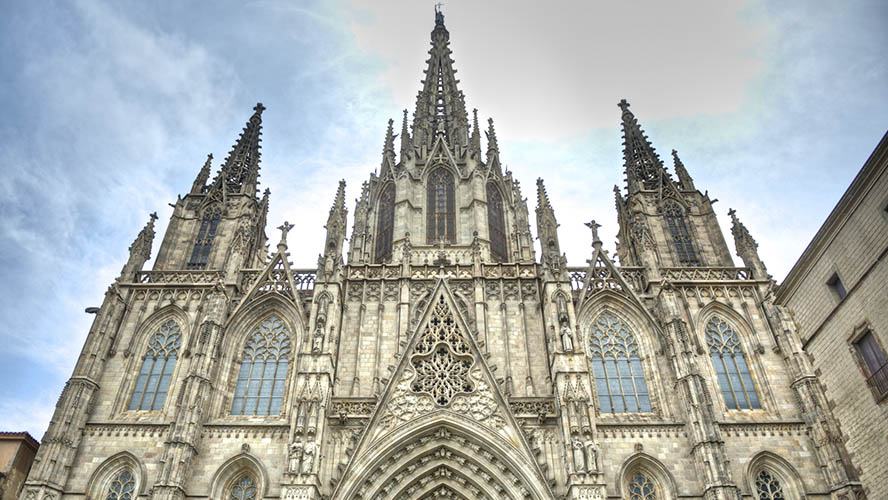
Incidentally, just a short distance away we can also visit another temple, which is completely different to the Cathedral: the Temple d’August, right in the Carrer del Paradís. In fact, what this is is four impressive columns and the foundation of what was once the Roman temple dedicated to the worship of Augustus Caesar; and today, alongside many other historic objects, they are exhibited by the Barcelona Museum of History.
Lastly, also only a stone’s throw from the Cathedral, we can visit what is known as the Plaça del Rei, an out of the way little square guarded by what was the principal residence of the Count and Countess of Barcelona, the Palau Reial Maior. There are two points of interest worth noting about this palace. One is that it was here that the Catholic Monarchs received Columbus after his voyage to America. The other is the fact that the palace was built on the original Roman wall that was the boundary to the city, and today the remains of the wall can still be seen in the palace foundations.
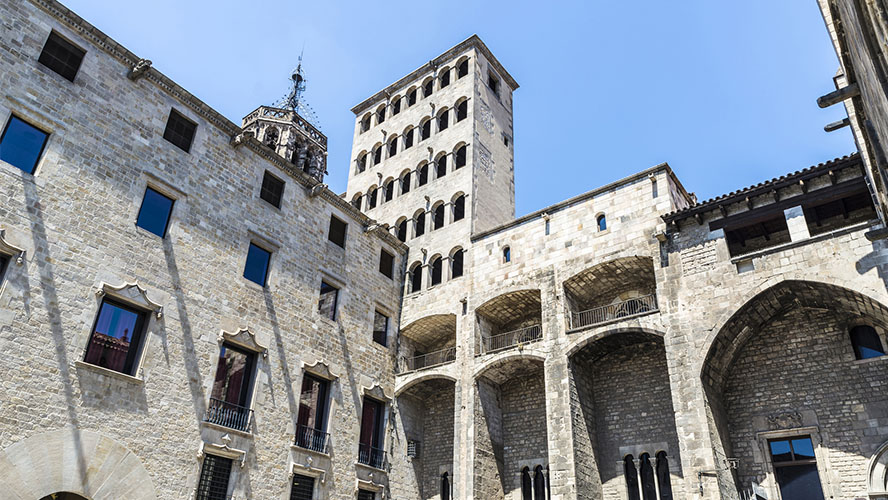
Historical walking tour to the south of the Plaça de Sant Jaume
If we continue to take the Plaça de Sant Jaume as the starting point for our walk, to the south-west of the square we will come across the pleasant surprise of the quiet, spacious Plaça Reial. Of French inspiration, the neo-classic façades of its buildings, its tropical palms and its modernist street lamps—the work of Gaudí—, give it a delightful air, making it an ideal place to stop and take a break while sipping a beer at one of its pavement cafés. The Fountain of the Three Graces, created by Antoine Durenne in 1876, is the square’s distinguishing feature, with the figures of Aglaia, Euphrosyne and Thalia, the goddesses of charm, creativity and fertility, placed back to back atop the monument.
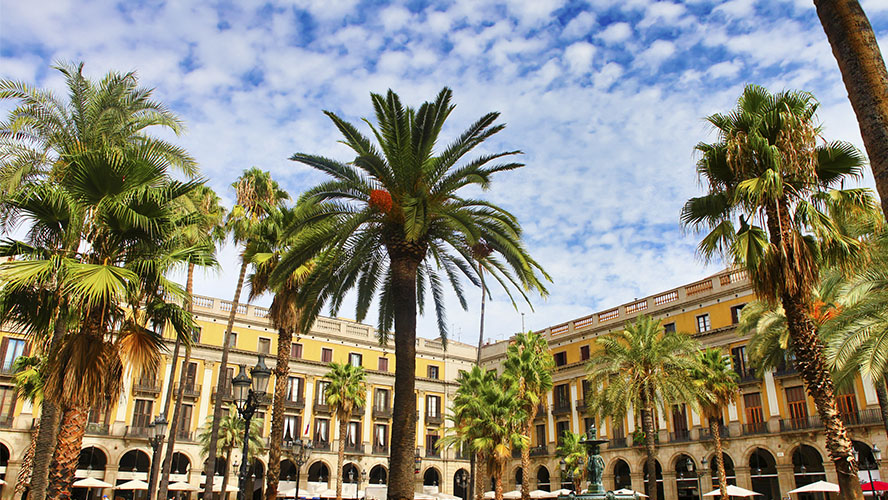
A few yards away, along the tiny Carrer de Colom, we come to Les Rambles, the busiest boulevard in the whole city. Walking down it, our tour leads us to the Plaça del Portal de la Pau, the site of the famous Monument to Columbus since 1888. Built as part of the then imminent Barcelona World Fair, the close-on 57 metres of the monument’s height support a bronze figure of the Genoese discoverer, whose index finger, in the absence of consensus as to exactly where it is pointing, does undoubtedly indicate which is the way to the sea.
This square is also the starting point for the Passeig de Colom, a beautiful boulevard along which used to run what was known as the Muralla del Mar, a sea wall built in the middle of the sixteenth century and demolished at the end of the nineteenth century because of the World Fair. Today a relaxing stroll under the palm trees that are dotted along the boulevard gives us the opportunity to contemplate the Port and its numerous luxury yachts.
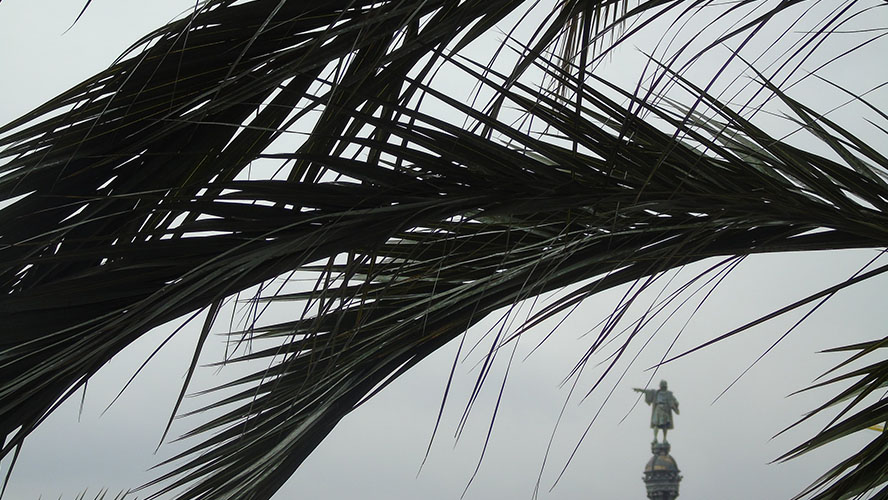
Culinary secrets concealed in the Gothic Quarter
Although it is true that the tourist appeal of the Gothic Quarter means that it has an abundance of non-descript eateries totally lacking in essence and identity, it is still possible today to find jewels of local cuisine concealed in its streets; because a visit to the Quarter is not the same without the marvellous incentive of stopping for a tapa and a beer to refresh our interest in the unknown between one monument or legend and another.
The Bar La Plata (Carrer de la Mercè, 28) is one of those authentic places whose existence since 1945 attests to a menu worthy of exploration. The best thing is that it has only five kinds of tapas, that’s all, which means that in the absence of quantity, quality is assured. As for the Casa del Molinero (Carrer de la Mercè, 13), located in an old mill with more than 200 years of history, well here the home-cooking using grandma’s recipes and sausages and cold meats produces tapas that are simply stunning.
Cal Pep (Plaça de les Olles, 8) is a bit different because, far from serving traditional dishes that date back forty years, here the tapas change every week. Or the Babia (Carrer dels Sagristans, 9), where the offering of a small beer and tapa is the general rule, and the special potatoes with spicy sauce are an exceptional choice.

























































